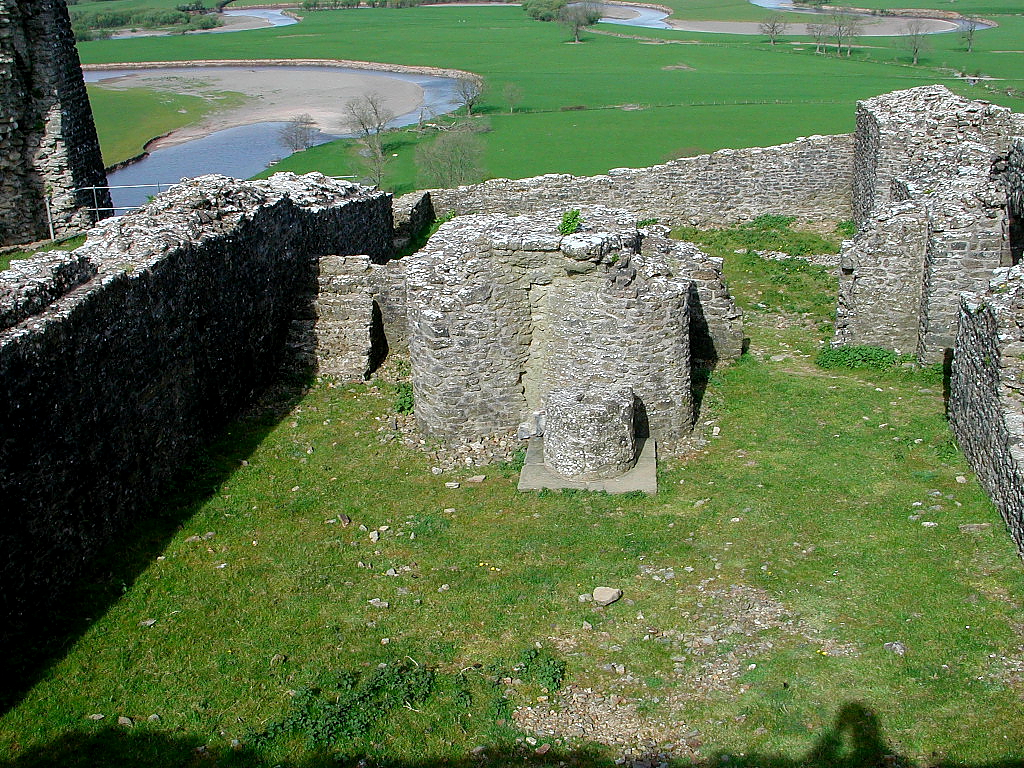 |
It’s Dryslwyn Castle, everyone!Even at first glimpse,
it is clear that the long ridge occupied by Dinefwr and the rocky knoll on
which Dryslwyn sits perched are positions of the most extraordinary defensive
strength.
In 1246, that the first reliable documentary reference
to Dryslwyn Castle, despite the fact that the recently excavated evidence
suggests that it must have been in existence for some years before. The source
in question, the native Latin chronicle, Annales Cambrie, makes passing mention
of a siege at the castle by the seneschal of Carmarthen on behalf of its
‘rightful owner’. But we are given no indication of the outcome, or indeed who
the chronicler considered its rightful owner to be.
The buildings included the round tower or keep, with an
adjoining polygonal ward enclosed with a curtain wall, and with a simple
gateway entrance on the north-east side. Inside this castle there was a single
large hall - the great hall - with open ground and bedrock to the north, and a
small cluster of wooden buildings to the east. South of the hall was a small
stone building, probably a kitchen, with a hearth, In the north-west corner,
between the great hall and the curtain wall, another small structure was
probably used as a prison.
In the mid-13th century, a second ward was added to the
north and east of the initial defenses, virtually doubling the overall size of
the stronghold. Meanwhile, in the inner ward, a new hall was built to the east
of the earlier great hall. Subsequently, it was almost certainly Rhys AP
Maredudd who further enlarged and improved the castle in the 1280s. Rhys had
been rewarded for his loyalty to the Crown in the war of 1282-83, and it was
probably the wealth he derived from his new lands which allowed him to invest
in the extensive building programmed at Dryslwyn.
All in all, by 1287 Rhys had made Dryslwyn one of the
largest masonry castles ever raised by native Welsh lords, a structure impressive
enough to rival any number of strongholds raised by Anglo-Norman and English
lords of the March.
Now, the castle was deliberately put to the torch, with
very extensive archaeological evidence to show that all the major buildings
were burnt to the ground. Demolition of the upstanding walls followed, apart
from two prominent sections on the south side.
 |

No comments:
Post a Comment